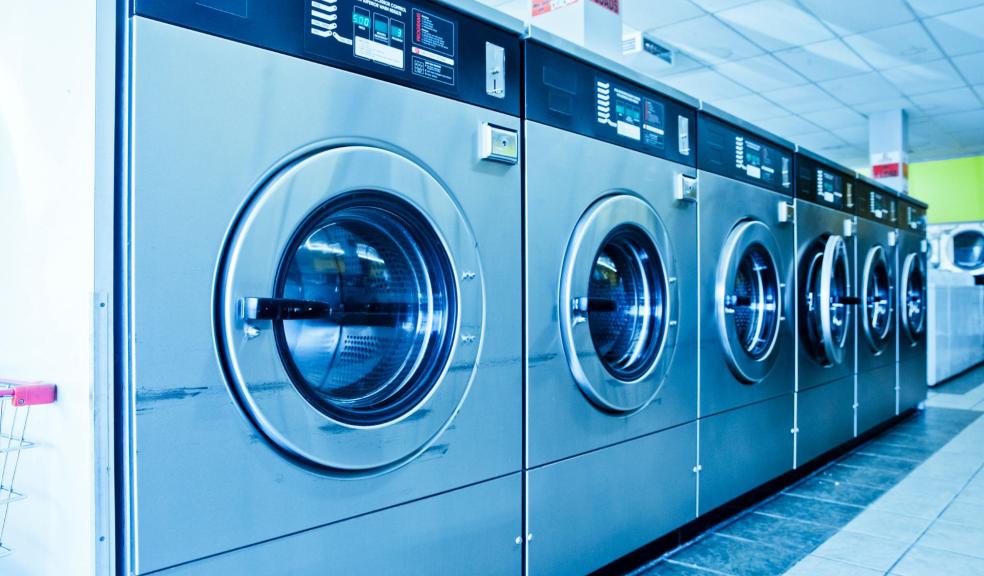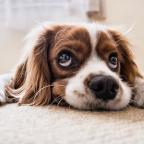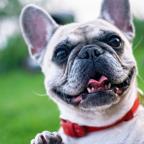
How often should you clean your dog’s belongings?
From toys and bedding to feeding bowls and walking gear, your dog has a lot of things that can harbour dirt and bacteria that you don't want in your home.
And while it may be somewhat easy to pop your pup in the tub or take them to the groomer, figuring out how to clean their belongings is a bit more complicated.
That's why the team at tails.com have shared their handy guide to knowing exactly when your pet's favourite items need to be cleaned and how to get them smelling and looking like new.
Bed and blankets
Like us, our dog's come into contact with lots of different types of bacteria and fungus, which mean their bed can become a sea of mites, fleas and ticks if not cleaned regularly.
These organisms can survive on fabric for up to 12 months which is why dog beds should be washed regularly for optimum dog hygiene and to prevent flea infestations.
Cleaning tip; Start by hoovering any hair, crumbs and muck from the bed. Use a stain remover to treat any stains on the fabric. For a natural alternative use white vinegar and baking soda.
Using a pet-safe laundry detergent, place all your dog's bedding and blankets in the washing machine, ensuring they are washed separately from any other items.
Food and drink bowl
Although most pups lick their bowls clean, the leftover residue harbours bacteria, including salmonella and E. Coli. In fact, the National Sanitation Foundation found that pet bowls are the fourth germiest place in the home, right behind the kitchen sink and toothbrush holder.
When dogs eat directly from the bowl, they can transfer this bacteria to the bowl from their mouths. The bacteria then starts to grow and each time you add more food to the bowl, it contaminates it. Therefore, you should wash your pet's food bowl after every meal.
Water bowls should be washed once a day or more, in order to prevent the growth of mould, yeast, algae and fungi.
Cleaning tip; Use hot soapy water to clean your pet's dishes, and a separate dishcloth to the one that is used for your own washing up, as this can harbour bacteria.
Collar, lead and walking gear
Dog collars and walking gear can get quite dirty with constant wear. Over time, your pups outdoor wear will eventually absorb enough skin oils, dirt and grime they develop into an odour. So eventually, collars and leads will need to be washed to keep them smelling fresh - and to prevent any bacteria buildup.
While the washing machine seems like the easiest option, not all materials can withstand it, some can fall apart or become damaged if the setting is too high. The best option is to wash by hand, using a mild detergent, dish soap or even dog shampoo.
Cleaning tip; Make sure all cleaning products have been thoroughly rinsed out, if they are left on the collar they can cause irritation to the skin.
Toys and entertainment
Your dog's favourite toys are a breeding ground for potentially harmful bacteria, germs, mould and mildew. Toys that are played with frequently should be washed at least once a week, but if they are covered in dribble, dirt or food, it's worth giving them a clean straight away.
The best method to clean fabric toys is to place them into an old pillowcase and put them on a gentle cycle in the washing machine, using a pet-friendly detergent. For plastic toys, drop them in a bowl of hot soapy water and let them soak for 10 minutes, rinse and dry.
Cleaning tip; Avoid using any disinfecting products containing bleach, even when diluted it can still pose a threat to your canine companion as it's highly toxic when consumed.
Pet clothing
Just like humans, dogs' clothing should be washed regularly to remove any bacteria and keep them looking and smelling clean. The general rule of thumb is to wash your dog's jackets and jumpers at least once every two weeks, but if it's caked in mud clean it straight away.
Washing your pups clothing is not dissimilar to washing your own. First, check the care label to see how it should be washed, some will be hand washed only, while others can be put in the washing machine on a certain heat setting.
Cleaning tip; Check for any rips and lose threats before washing your dog's clothing, these can become worse when put in the washing machine.







